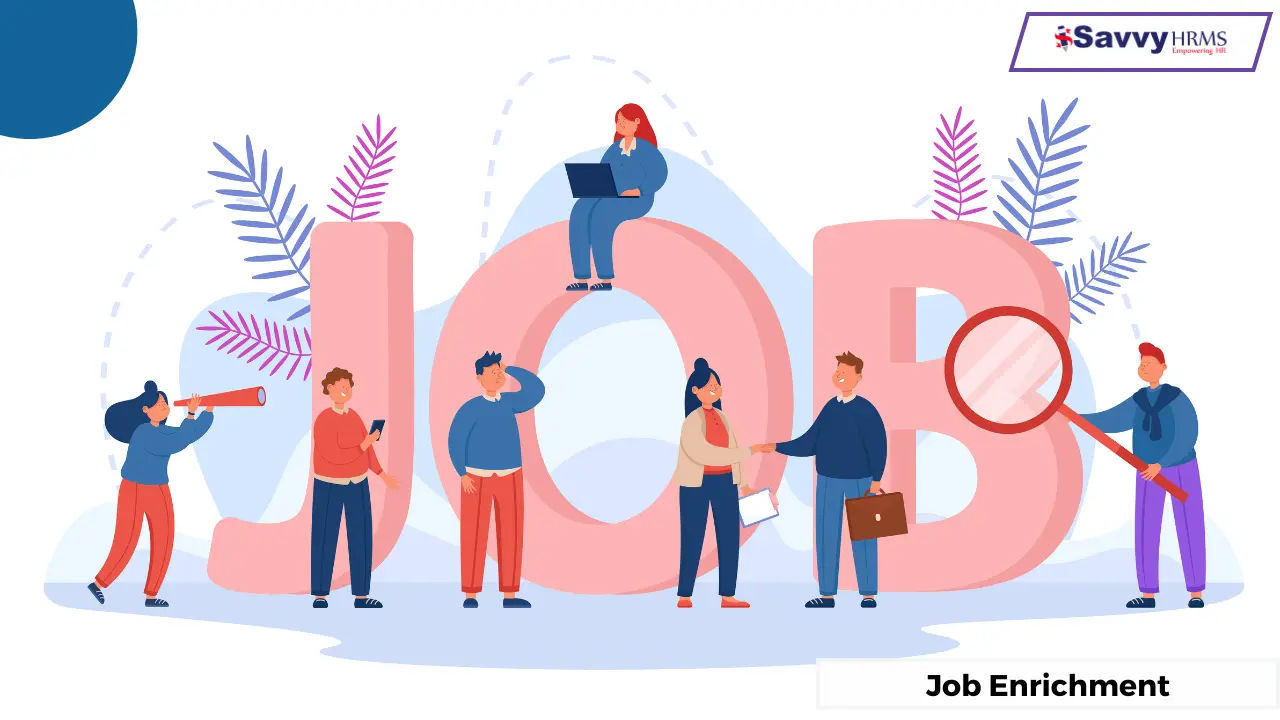Managing salaries can feel overwhelming between tax laws, allowances, benefits, and deductions. Even the most experienced HR person can make mistakes. An easy way to eliminate mistakes is by getting and using a Payroll Calculator. And it simplifies the complete employee salary management process swiftly and accurately.
This blog will help you understand how a Payroll Calculator can help improve operations. Compliance and trust when administering payroll. It will also help to account for cost control & HR analytics. Or analytics-based decision making, and employee retention. Or how to keep employees satisfied.
What Is A Payroll Calculator?
Payroll and salary management will vary from organization to organization. This is an automated system that assists in calculating net pay for employees. After all deductions, bonuses, allowances, and statutory contributions have been accounted for. It is time-saving and allows for every payroll period to be accurate.
This simple tool can take payroll management from managing just one employee. To process payroll for one hundred employees and allow for salary calculations. To be an uncomplicated process by providing a great combination. Of human resource principles with automation.
Why Companies Should Utilize a Payroll Calculator
Let’s examine some of the obvious reasons:
- Faster Calculations
Manual calculations consume a lot of time. However, with a Payroll Calculator, you will receive results instantly.
- Accuracy
Mistakes in salary processing will ruin your credibility. It means there will be accurate deductions and earnings, reducing this risk.
- Compliance
Tax laws change on a frequent basis. A good Process automatically updates tax slabs. So your business is compliant with labour laws and wage regulations.
- Improved Transparency
Employees like a good breakdown of their pay and earnings. A Payroll Calculator generates detailed salary slips.
Essential Features to Have
When evaluating tools, make sure you have:
- Always up-to-date tax rules
- Ability to integrate with HRMS/HRIS
- Compensation calculations for overtime, gratuity, and PF
- User-defined settings for different pay types
- Generate payslips
- Link to attendance
- Year-end tax statements and computations
All of these factors illustrate what a payroll calculator adds to the HR team. In the modern workplace.
Payroll Calculator & HR Analytics
It may surprise you that a payroll calculator gives more information than just numbers. It also provides data that can feed into your HR analytics.
For example:
- Provides salary insights
- Enjoy the gender pay gap information
- Insight into budgets
- Link compensation to output – performance management
So, it can act as a bridge between payroll data and strategic HR decisions.
How Payroll Calculators Benefit HR Professionals
A Payroll Calculator lightens the burden. Here are just a few examples:
- Less dependency on spreadsheets
- Automated salary calculations
- Keeps all employee records current
- Assists with performance appraisals
- Provides accurate and timely salaries
- Links payroll with employee health benefits and reimbursements
Conclusion
In conclusion, integrating it is no longer an option: it is a necessity. It enhances HR to ensure that payroll processing is timely and free of errors. And compliant. You are enabling a new relationship with the employee to promote trust.
If your organization is still using manual processes. You need to wake up! Your Payroll Calculator will work for you – accurately, efficiently, and intelligently.
FAQs
Q1. What does a Payroll Calculator do?
It calculates an employee’s salary after deductions. Such as tax, PF, and insurance, to show the net amount to be paid.
Q2. Can a Payroll Calculator also manage bonuses and overtime?
Yes! It can manage bonuses, overtime, and/ or any variable payments.
Q3. Is it suited for startups?
Absolutely! Startups benefit from processing time and mistakes as all while having little human resources for HR.
Q4. Will it work with my HRMS?
Payroll Calculators are usually built with integration/ interfaces that can work with larger HRMS/ HRIST platforms.




